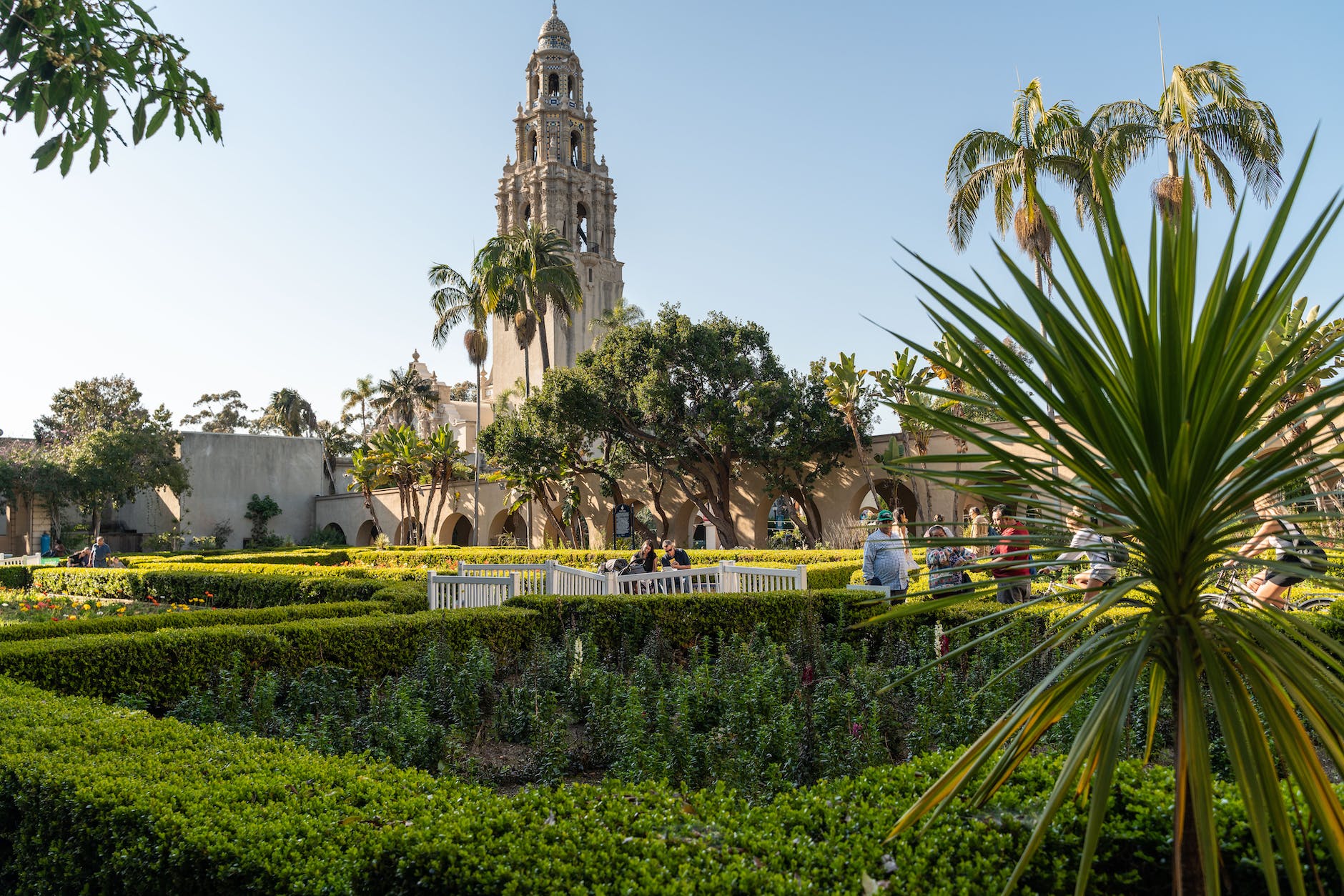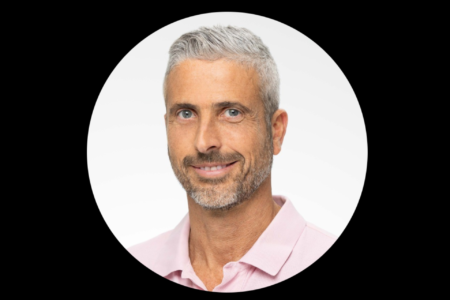
Green Success Stories sat down with Elektra Fike-Data, Director of Tree San Diego, to learn about how they are increasing the quality and density of San Diego’s urban forests. Tree San Diego collaborates with local and state government agencies, nonprofits, Native tribes, community organizations and businesses to plant the right trees in the right places with the right care.

Elektra, thank you for being here. Tell us a little bit about you and your background:
As the Director of Tree San Diego, I lead our environmental nonprofit in implementing projects that bring impactful results and sustainable solutions to communities throughout our county. I oversee expert field teams that work alongside municipalities, state agencies, communities, and corporations to amplify the eco-benefits of tree planting and use of trees in the built environment.
My introduction to the green space was through a fellowship opportunity that changed how I viewed and exercised my contribution to society. It was that experience — and the flexibility of my host agency to allow me to explore my interests — that provided a foundation off which I launched what is now a very rewarding career. To balance my passion for all things sustainability, I teach English as a second language (ESL) and support undergraduate students with thesis review and mentorship through initiatives like the Obama Scholar Mentorship program.
What is a fun fact about you?
I am an avid letter-writer and penpal enthusiast. I have penpals all over the world who introduce me to faraway cultures and networks that I have yet to explore in person. During the COVID-19 pandemic, penpal-ing was a really great way to stay in touch and also share support with friends and family overseas.
Why do you think climate change and sustainability is such an important topic today?
In my opinion, it is becoming more “popular” at a societal level because people are starting to feel the impacts. It was only five years ago that I was speaking with a city planner who mentioned “reframing” all of our environmental initiatives to speak just to the economic bottom line. I remember them saying that few would listen to the plea for help on the environmental side, but if we “hit the purse strings” then people would listen. Now, in 2022, I can see evidence of climate change denial eroding, not just because of increased belief in climate change but because the impacts are starting to affect everyone on some level. The for-profit sector has a crucial role to play in the solution to this and while my team and I serve through a nonprofit, we are very aware of how subtopics of sustainability are beginning to drive all stakeholder conversations.
What do you envision your industry looking like 10 years from now?
The perception of the urban forestry industry is unique in that many assume the sole role of a forester is to plant trees. Arboriculture and tree care require a substantial amount of study and knowledge about the environment. From soil samples and biodiversity analyses to GHG sequestration calculations and GIS mapping, those in the urban forestry sector are having to equip themselves with more and more climate-related expertise. There is a nationwide call to bolster the urban forestry workforce and Tree San Diego is launching its first full-scale training curriculum (Treejectory+) to fill this need locally. Time will tell how regional and state agencies have addressed this current need, though we are confident that we will build a brighter and greener future through partnership and hard work.
What can the average person do to make a difference?
Listening — really listening to the what the challenges are, what the ask is, what your stakeholders need. It’s a skill many of us have stopped utilizing, be it when in the boardroom or when working with the community. It’s an asset trait that I look for in potential hires and one that I continue to work on as well. We all intuitively know when we are truly heard, and as a woman whose voice has been passed over in a boardroom or on a project team, I value when someone hears me. We all need to make room for more voices, but we also need to listen to them when they speak.




